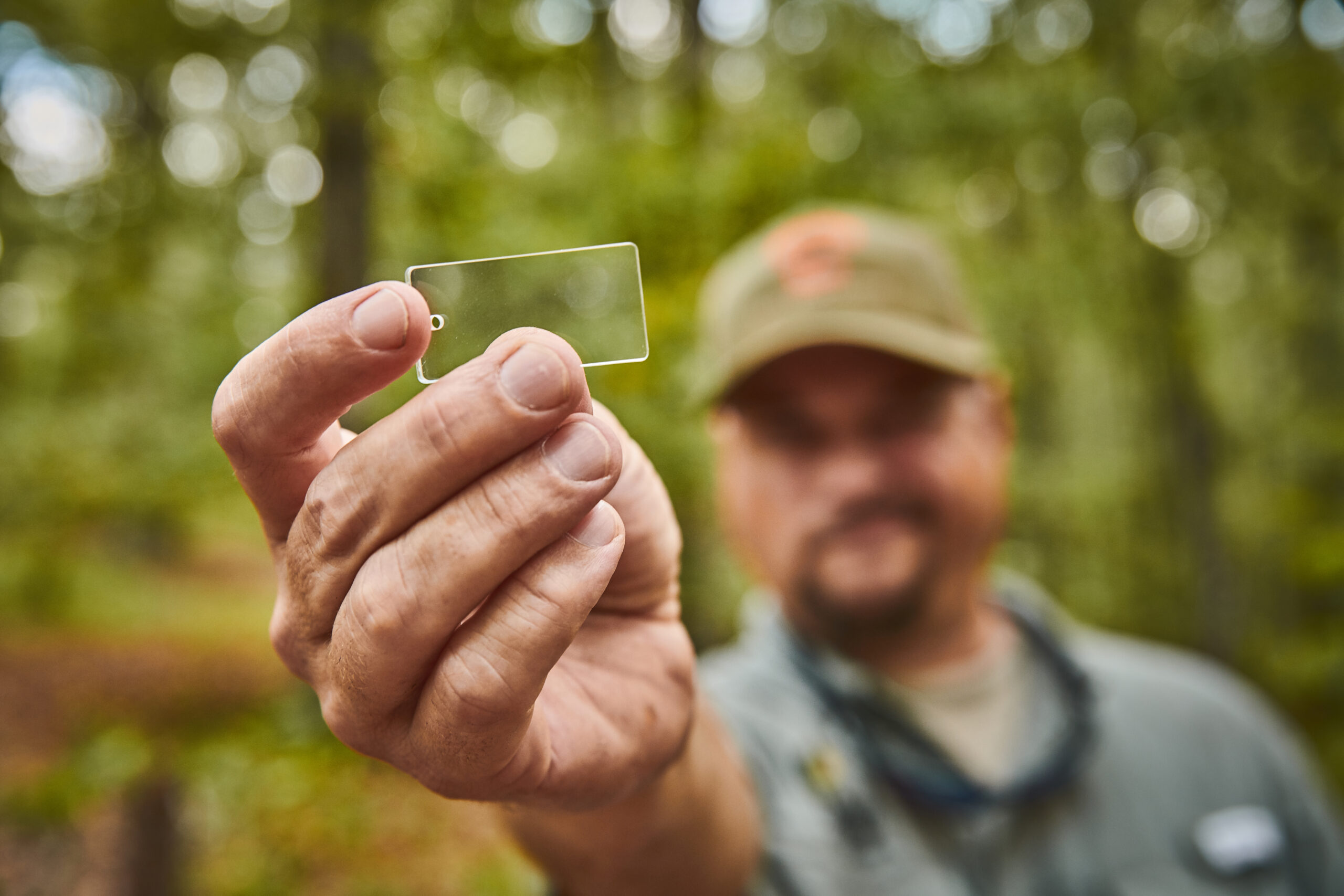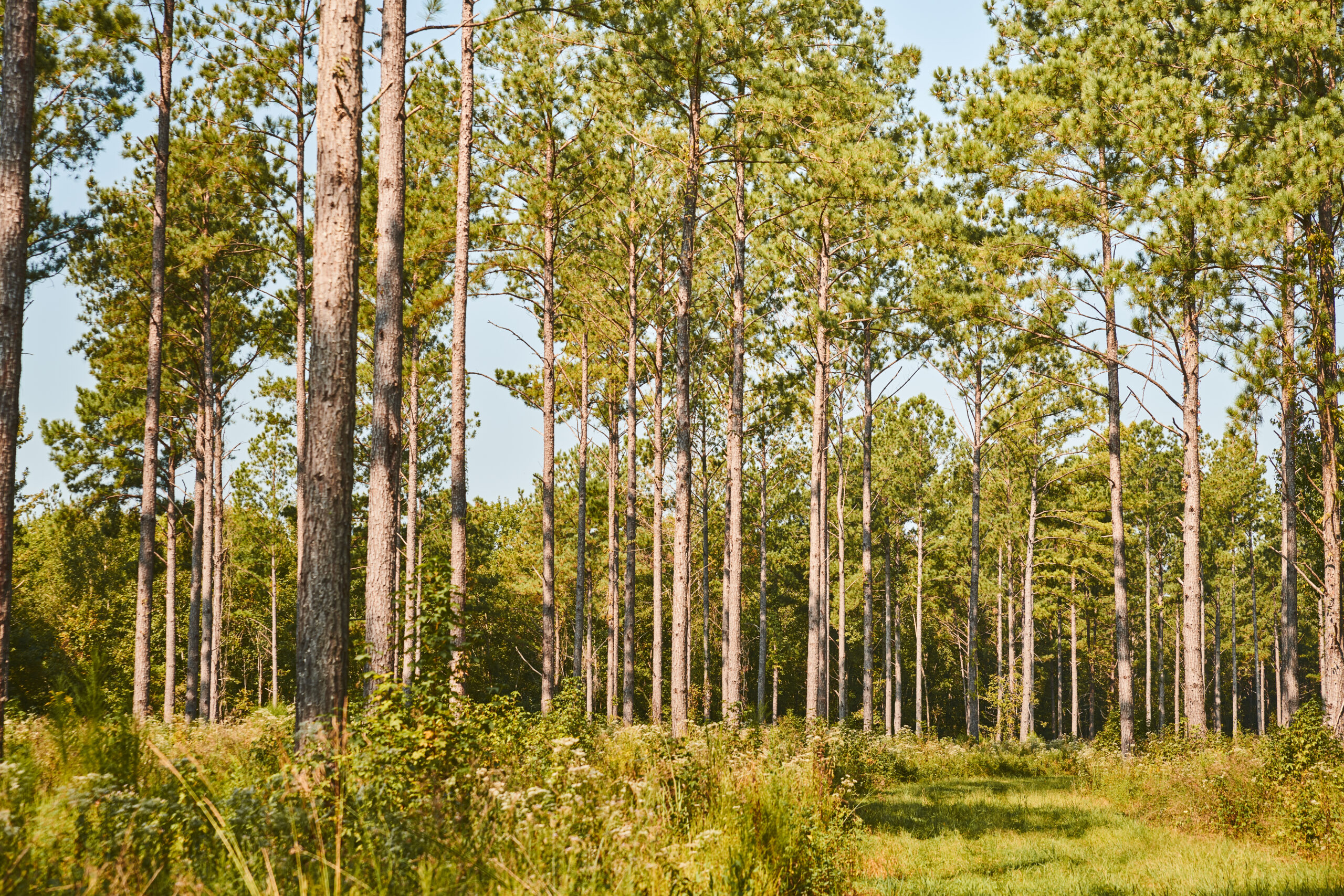Timber is one of the oldest consumer products out there. Humans have used wood products for construction and crafts for thousands of years. How does such an ancient product still have financial viability in current markets surrounded by modern stock options and competing resource technologies? The short answer is low volatility. Timber investments are considered extremely inflation resistant, and due to the growth rate of the trees, a long term one that requires over a decade to see the best returns. For those who don’t own large sections of land that can be devoted to long-term growth there are still ways to get in on timber investments. Viable alternatives include a Real Estate Investment Trust (or REITs) or a Timber Exchanged Traded Funds (ETF). Both of these function more like a classic mutual fund or similar investment opportunity. They are subject to interest rate volatility and tend to be highly cyclical. These timber investments are typically tied closely to the housing market, as some 65% of the softwood produced goes towards plywood and other construction material. For those who may have some acreage or for those who are looking to buy and are looking to diversify some of their holdings, a long-term timber investment can be a great opportunity. Ultimately an investment in timber is an investment in the land, and that makes it one of the best hard resources out there. There’s a reason some 70% of the commercially viable timber land is owned privately by individuals – because it pays off in the long run in multiple ways. Not only does forested land tend to be more desirable, it’s a hands-off investment that does not require a lot of fine-tuning or yearly costs. An average acre of timber is worth up to around $2,000, though stumpage price will vary. Considering the seeding and planting of an acre of timber only costs around $200, the profit can add up fast. Selling land often is a waiting game, either waiting for development to reach the property, or waiting until the right buyer comes along. Timber not only supplements your overall bottom line from selling the lumber, but it makes the property more likely to sell and at a greater value. This can also provide additional incentive for a buyer, as there are profitable hard assets built into the property.



Timber can only take care of itself to a certain extent. Like any crop, it does require some maintenance, albeit much less than an annual cash crop. Thinning out the pines and removing dead or diseased trees is an activity that will be required every few years. There are benefits for those who don’t ever anticipate selling the lumber, or the land for that matter. Healthy forested land provides numerous benefits that don’t always have a fixed value associated. This is especially obvious to outdoor enthusiasts who are looking to attract wildlife or interested in conservation. Timber also serves as a wonderful preserver of generational wealth. Older-growth wood increases dramatically in volume and quality, especially after three or more decades of growth. Some smart owners have realized that even young pine can provide an annual payoff in the form of hunting and fishing leases that can be collected for use of the land. The longer the timber grows, the more it’s worth. The question of how much it’s going to pay off comes down to time, and how much you have. And for those who never plan to chop a single tree down, the benefits that come along with a mature forest are obvious to anyone who’s taken the time to appreciate it. If you’re interested in learning more about the possibilities of a timber investment, or are interested in purchasing land for a timber investment, don’t hesitate to call your friends at Strong Lands.
With over 75 years experience with timber investments and buying and selling recreational property, Strong Lands can help you get the most out of your land.

No Comments